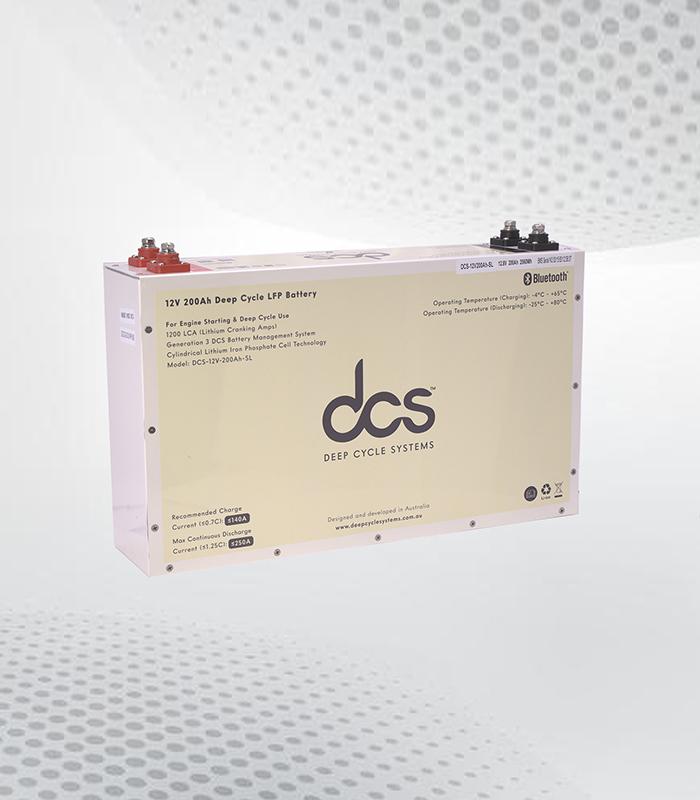Reptiles, including lizards, are unique creatures that depend on external sources of heat to maintain their body temperature. Unlike mammals, reptiles are ectothermic, which means they rely on the environment to regulate their body heat. This essential aspect of their biology raises a crucial question for pet owners: do lizards need a heating pad to stay healthy? Devices like a lizard heating pad, reptile heat mat, or reptile warming pad can play a vital role in replicating a lizard’s natural habitat in captivity.
This article explores the importance of heat for reptiles, the benefits of using heating pads, and guidelines on how to choose and use a lizard heating pad safely and effectively.
Understanding the Need for Heat in Lizards
Lizards have evolved to rely on their surroundings for heat, and their metabolic functions depend heavily on their body temperature. In the wild, they often bask in the sun or seek warm surfaces to raise their body temperature. This process, called thermoregulation, is crucial for their ability to digest food, move actively, and fend off illnesses. When living in captivity, lizards can’t freely roam to find warmth, so providing a reliable heat source becomes essential. A reptile heat mat or lizard heating pad serves this purpose by delivering controlled warmth, creating an ideal environment within their enclosure.
Without sufficient heat, lizards may experience a variety of health problems, such as:
- Lethargy: Lack of activity due to insufficient body warmth.
- Appetite loss: Lizards might stop eating if their metabolic rate slows down.
- Improper digestion: Food can stay undigested in their system, leading to health risks.
- Weakened immune system: Cold temperatures can make lizards more susceptible to diseases.
Do All Lizards Need Heating Pads?
The requirement for a reptile warming pad varies based on the species of lizard. Desert species, like bearded dragons or uromastyx, require higher temperatures compared to tropical lizards, such as geckos or chameleons. Similarly, nocturnal lizards may need different heating arrangements than diurnal (day-active) species. It’s crucial to understand the specific temperature range your lizard species needs.
While some lizards may need heat lamps to simulate sunlight, a lizard heating pad can provide a steady source of heat for many ground-dwelling or tropical species. It’s important to provide a temperature gradient in the enclosure so your lizard can choose the warmth level that suits it best at any given time. Using a combination of heating methods, including pads, lamps, or even ceramic heat emitters, can help mimic the natural conditions for your lizard.
Benefits of Using a Lizard Heating Pad
Using a reptile heat mat offers many advantages, particularly for lizards that need consistent warmth:
- Stable Heat Source: Heating pads provide a constant source of low-level heat, which is essential for lizards that may need to stay warm even during the night when room temperatures drop.
- Energy Efficiency: Heating pads tend to be more energy-efficient than heat lamps or ceramic heaters. This makes them an economical choice, particularly for enclosures that require continuous heat.
- Supports Digestion: Digestive processes in reptiles are temperature-dependent. A reptile warming pad offers the warmth necessary to ensure that food is digested efficiently, preventing issues like impaction.
- Ideal for Ground Dwellers: Many lizard species prefer to stay close to the ground, and a lizard heating pad placed under the tank floor can simulate the warmth of sun-heated rocks or ground surfaces.
- Easy to Set Up and Maintain: Most heating pads are easy to install and require minimal upkeep, making them a convenient choice for pet owners.
Types of Lizard Heating Pads
Heating pads for reptiles come in several types, each designed to meet different needs. Here’s a closer look at the main options available:
- Under-Tank Heating Pads: These are among the most common heating solutions for reptiles. They stick to the bottom of the tank and heat the substrate, creating a warm surface for ground-dwelling lizards. It’s essential to ensure that they cover only a portion of the tank floor to provide a temperature gradient.
- Reptile Heat Mat with Thermostats: Many under-tank pads come with built-in thermostats or can be used with an external thermostat. This feature allows you to control the temperature precisely, which is especially useful for species with specific heat requirements.
- Adhesive Heating Pads: Some pads are designed to stick directly to the tank’s outer surface. These are suitable for glass enclosures but should not be placed inside the tank as they may overheat and pose a risk to the animal.
- Infrared Heating Pads: Infrared heat is beneficial for reptiles because it heats objects directly rather than just warming the air. This type of heating pad can be particularly helpful for nocturnal reptiles, as it provides warmth without visible light.
Choosing the Right Lizard Heating Pad
When selecting a lizard heating pad or reptile heat mat for your pet, consider the following factors:
- Size and Power: The heating pad should be appropriate for the size of the enclosure. For instance, a large tank may require a more powerful heating pad to maintain a suitable temperature.
- Species-Specific Needs: Different lizard species have unique heating requirements. Research the optimal temperature range for your lizard, and choose a reptile warming pad that can meet those requirements.
- Thermostat Compatibility: Choosing a heating pad that works with a thermostat can help you maintain consistent temperatures, avoiding any risk of overheating or underheating.
- Safety Features: High-quality heating pads often include safety features, such as automatic shut-off or thermal protection, which prevent the pad from overheating and causing injuries.
- Energy Consumption: Opt for a pad that balances energy efficiency with sufficient warmth. Low-energy heating pads are generally better for maintaining heat without a drastic increase in your utility bills.
How to Set Up a Lizard Heating Pad Correctly
Setting up a lizard heating pad is crucial to ensure your lizard’s safety and comfort. Here are a few steps to get you started:
- Positioning: Place the heating pad under the tank, covering approximately one-third of the tank floor. This arrangement allows your lizard to move between warm and cool areas, choosing the temperature that suits them best.
- Monitor the Temperature: Use a digital thermometer to measure the temperatures on both the warm and cool sides of the tank. Make adjustments as necessary to ensure that the reptile heat mat provides a stable temperature gradient.
- Thermostat Use: Attach the heating pad to a thermostat to control its temperature. This is particularly useful at night when room temperatures might fluctuate.
- Avoid Direct Contact: Ensure that the pad is installed outside the enclosure or under the substrate to prevent direct contact. Direct exposure can lead to burns if the pad becomes too hot.
- Regular Maintenance: Periodically check the pad for wear and tear. Heating pads that show signs of damage should be replaced to prevent electrical hazards.
Signs Your Lizard Needs a Heating Pad
If you’re unsure whether your lizard is getting enough heat, look for these common signs:
- Low Activity Levels: A lizard that appears sluggish or spends more time hiding may not be warm enough to remain active.
- Appetite Loss: Many reptiles reduce their food intake if they’re not warm enough to digest food effectively.
- Frequent Basking: If your lizard spends most of its time near the heat source, it may be a sign that the enclosure needs additional warmth.
- Poor Digestion: Slow or incomplete digestion can indicate a lack of adequate warmth, and a reptile warming pad can help resolve this issue.
Safety Tips for Using a Lizard Heating Pad
When using a lizard heating pad, it’s essential to prioritize safety to prevent accidents. Here are a few tips:
- Avoid Direct Contact: Never place the heating pad directly inside the tank, as direct exposure to heat can cause burns. Always position the pad outside the enclosure or under a protective substrate layer.
- Monitor Temperature Consistently: Regularly check the enclosure temperature to ensure it remains within the ideal range for your lizard.
- Choose Quality Products: Invest in a high-quality reptile heat mat that comes with safety features and positive reviews.
- Check for Signs of Overheating: Overheating is a potential risk with heating pads, especially if they’re used without a thermostat. If you notice that the enclosure feels too warm, consider lowering the pad’s temperature or adding additional cooling areas.
Conclusion
Heating pads are an essential component of a healthy lizard habitat, particularly for reptiles that rely on external heat sources to regulate their body temperature. A lizard heating pad or reptile heat mat can provide the necessary warmth for digestion, activity, and overall health. Choosing the right heating pad, setting it up correctly, and maintaining consistent temperatures can make a significant difference in your lizard’s quality of life.
With the right reptile warming pad and a controlled heating setup, you’re not only ensuring a comfortable environment but also promoting your lizard’s longevity and well-being. Investing time in understanding your lizard’s specific needs and creating a habitat that mirrors their natural environment will help you raise a healthy, active reptile companion for years to come.




